Home>Garden Essentials>How Does Crop Rotation Reduce Pests


Garden Essentials
How Does Crop Rotation Reduce Pests
Modified: March 25, 2024
Discover how crop rotation in your garden can effectively reduce pests and improve overall plant health. Implementing this proven technique is key to a successful and sustainable garden.
(Many of the links in this article redirect to a specific reviewed product. Your purchase of these products through affiliate links helps to generate commission for Storables.com, at no extra cost. Learn more)
Introduction
In the world of gardening and agriculture, dealing with pests is a constant challenge. These unwanted invaders can wreak havoc on our beloved plants, causing damage and even death if left unchecked. Traditional methods of pest control, such as chemical pesticides, have been widely used, but they come with their own set of drawbacks, including potential harm to the environment and human health.
Fortunately, there is a natural and sustainable solution that has been used for centuries to combat pests: crop rotation. This age-old technique involves systematically changing the types of crops grown in a specific area, disrupting the life cycles of pests and reducing their numbers. In addition to pest management, crop rotation offers a myriad of other benefits, including improved soil health and nutrient balance.
Understanding the principles and benefits of crop rotation is essential for any gardener or farmer looking to establish a sustainable and eco-friendly pest management strategy. In this article, we will dive deeper into the world of crop rotation, exploring its significance in pest control and how it can enhance your gardening experience.
So, let us embark on a journey to discover the fascinating world of crop rotation and its impact on pests!
Key Takeaways:
- Crop rotation disrupts pest cycles, reduces pest populations, and improves soil health, promoting sustainable and eco-friendly pest management in gardens and farms.
- By changing the types of crops grown, crop rotation breaks the continuous presence of host plants preferred by pests, limiting their ability to reproduce and establish large populations.
What is Crop Rotation?
Crop rotation is a systematic method of growing different crops in sequential seasons on the same piece of land. It involves rotating the types of crops grown in specific areas of the garden or agricultural field, rather than planting the same crop year after year in the same location.
The concept behind crop rotation is based on the principle that different plants have different nutritional needs and vulnerabilities to pests. By alternating crops, gardeners and farmers can break the pest cycle and disrupt the habitat and food sources of specific pests, thus reducing their populations.
There are several different crop rotation systems that vary depending on rotation duration, number of crops involved, and specific goals. One common rotation system involves dividing crops into different categories based on their families or botanical characteristics. For example, a rotation plan could include alternating between legumes, such as beans and peas, with leafy greens, followed by root crops, and then grains.
Another popular approach is the four-year rotation system, which divides crops into four groups: legumes, leafy greens, root crops, and fruiting crops. Each group is assigned a specific year in the rotation, ensuring that no crop type is grown in the same area more frequently than once every four years.
It is important to note that effective crop rotation also takes into consideration factors like soil type, pest prevalence, and specific plant diseases. This information helps determine the optimal rotation plan for a particular garden or field.
Implementing crop rotation requires careful planning and organization, as well as knowledge of the specific needs and characteristics of different crops. By diversifying the crops grown in a given area, gardeners and farmers can create a healthier and more resilient ecosystem that promotes natural pest control and supports sustainable agriculture practices.
Understanding Pest Problems
Pests are organisms, such as insects, weeds, and pathogens, that cause harm to plants by consuming their foliage, stems, roots, or fruits. They can significantly impact plant growth, yield, and overall health. Understanding the behavior and life cycles of different pests is crucial in developing effective pest management strategies.
Pests have varied modes of attack and can affect plants in different ways. Some insects, like aphids and caterpillars, feed on plant leaves, causing defoliation and stunting growth. Others, such as soil-dwelling pests like nematodes and grubs, damage roots and disrupt nutrient uptake. Fungal and bacterial pathogens can cause rot, wilting, or cankers on various parts of the plant, leading to disease and even death.
One of the main challenges in pest management is that pests can quickly develop resistance to chemical pesticides. Additionally, the indiscriminate use of pesticides can harm beneficial insects and disrupt the natural balance of the ecosystem. This is where the practice of crop rotation becomes invaluable.
By regularly rotating crops, gardeners and farmers create an unfavorable environment for pests. Different crops have different susceptibility to specific pests, and by changing the crop type, pests are unable to build up large populations or adapt to a specific plant’s defenses. This helps to prevent the buildup of pests and reduce the risk of severe infestations.
Understanding the life cycle and behavior of specific pests is also crucial for effective pest management. Some pests have specific host plants or stage-specific vulnerabilities. By interrupting their life cycles through crop rotation, gardeners and farmers can disrupt pest populations and prevent them from reproducing and causing damage.
Furthermore, crop rotation can help reduce the spread of diseases caused by pathogens. Many plant diseases can overwinter in the soil or on plant residues. By shifting crops, pathogens are deprived of their preferred hosts, reducing their survival and spread. This is particularly true for soil-borne diseases, such as Fusarium wilt or root rot.
Overall, a deeper understanding of pest problems allows gardeners and farmers to make informed decisions about their crop rotation strategies. By knowing the vulnerabilities and life cycles of pests, they can effectively manage pest populations, reduce the use of harmful chemicals, and create a healthier and more sustainable growing environment.
The Importance of Crop Rotation in Pest Management
Crop rotation is one of the most effective and sustainable pest management strategies available to gardeners and farmers. By systematically changing the types of crops grown in a specific area, crop rotation disrupts the life cycles of pests and reduces their numbers. This practice offers a range of benefits in pest management, making it a valuable tool in creating healthy and thriving gardens and fields.
One of the key advantages of crop rotation is its ability to break the pest cycles. Different pests have different life cycles and host preferences. By rotating the crops, pests that rely on a specific plant species as their primary food source are deprived of their preferred habitat. This disrupts their ability to reproduce, reducing their populations and preventing large-scale infestations.
Additionally, crop rotation helps to prevent the buildup of pest populations in the soil. Some pests, like root-feeding nematodes and grubs, can cause long-term damage as they persist in the soil year after year. By alternating crop types, these pests are less likely to establish permanent populations, reducing their impact on plant health.
Crop rotation also contributes to the overall health of the soil. Different crops have varying nutrient requirements, and by rotating crops, the soil’s nutrient balance can be maintained. Some crops, like legumes, have the ability to fix nitrogen from the atmosphere, enriching the soil with this essential nutrient. This ensures that subsequent crops have access to the necessary nutrients for optimal growth, making them less vulnerable to pest attacks and diseases.
Furthermore, crop rotation can help control weeds, which are another common pest in gardens and fields. Weeds compete with crops for nutrients, sunlight, and water, impeding their growth and productivity. By rotating crops, weed pressure can be minimized as different crops require different cultural practices and herbicide applications. This reduces the reliance on chemical herbicides and promotes a more sustainable approach to weed management.
Another significant advantage of crop rotation is its impact on beneficial insects and natural predators. By creating more diverse habitats with a variety of crops, gardeners and farmers attract and support a wide range of beneficial insects, such as ladybugs and lacewings, that feed on pests. Additionally, these natural predators are more likely to establish populations when their preferred prey is consistently available. This reinforces natural pest control and reduces the need for chemical interventions.
Overall, the importance of crop rotation in pest management cannot be overstated. By utilizing this technique, gardeners and farmers can effectively disrupt pest cycles, reduce pest populations, promote soil health, control weeds, and support natural predators. Crop rotation is a valuable tool in creating healthier, more sustainable, and pest-resistant gardens and agriculture systems.
Pest Disruption through Crop Rotation
Crop rotation is a powerful technique that disrupts the life cycles and habitats of pests, reducing their populations and minimizing the damage they can inflict on plants. By alternating the types of crops grown in a specific area, gardeners and farmers can effectively manage pest infestations in a natural and sustainable manner.
One of the primary ways crop rotation disrupts pests is by breaking the continuous presence of a specific host plant. Many pests have a strong preference for certain crops and depend on them for survival and reproduction. By rotating crops and changing the host plants, pests are deprived of a consistent food source, making it harder for them to establish and reproduce in large numbers.
In addition to interrupting the pests’ life cycles, crop rotation can also disrupt their movement and dispersal patterns. Planting different crops in different areas of the garden or field can create physical barriers for pests. For example, growing tall crops like corn or sunflowers alongside low-growing crops like lettuce or radishes can create a natural barrier that hinders pests from moving freely and infesting the entire area.
Crop rotation can also impact pests indirectly through changes in microclimate and soil conditions. Different crops have varying canopy structures and root systems, which can alter the microclimate and soil moisture levels. These changes can affect the survival and development of pests that are sensitive to environmental conditions, thus reducing their populations.
Furthermore, crop rotation can disrupt the buildup of soil-borne pests, such as nematodes and soil-dwelling insects. These pests often have a limited range of host plants that they can feed on. By rotating crops and introducing non-susceptible plants, these pests are unable to find suitable hosts, leading to a decline in their numbers over time.
Some pests have specific pheromones or chemical cues that they use to locate their host plants. By changing the location and type of crops, these cues can be dispersed and diluted, making it harder for pests to find their preferred plants. This reduces the likelihood of pests congregating and causing widespread damage.
Pest disruption through crop rotation is not an instant solution, as pests have the ability to adapt and overcome challenges. However, by consistently practicing crop rotation and incorporating other integrated pest management strategies, gardeners and farmers can significantly reduce pest pressures and create a healthier and more balanced ecosystem in their gardens and fields.
It is worth mentioning that the effectiveness of crop rotation in pest disruption varies depending on the specific pests and crops involved, as well as the local climate and environmental conditions. Experimentation and observation are key in determining the most effective rotation plans for a particular garden or agricultural system.
Crop rotation reduces pests by disrupting their life cycles and reducing their population. By alternating different crops, pests that rely on specific plants for survival are deprived of their food source, leading to a decline in their numbers.
Read more: How Does The Crop Rotation Work
Enhanced Nutrient Balance and Soil Health
Crop rotation offers more than just pest management benefits. Another significant advantage of this age-old technique is its impact on the nutrient balance and overall health of the soil. By diversifying the types of crops grown in a specific area, gardeners and farmers can enhance nutrient cycling, improve soil structure, and promote long-term soil fertility.
Each crop has unique nutritional requirements. Some crops are heavy nitrogen feeders, while others have higher phosphorus or potassium demands. Planting the same crop repeatedly in the same area can deplete specific nutrients from the soil, leading to imbalances and deficiencies.
Crop rotation helps to address these nutrient imbalances by alternating between crops with different nutrient needs. For example, legumes, such as beans and peas, have the ability to fix atmospheric nitrogen through a symbiotic relationship with nitrogen-fixing bacteria. When legumes are grown in rotation, they enrich the soil with nitrogen, which benefits subsequent crops that require this essential nutrient.
In addition to nutrient cycling, crop rotation also improves soil structure and fertility. Different crops have varying root structures and depths of penetration. Deep-rooted crops, like carrots or parsnips, can break up compacted soil layers, improving soil aeration and water infiltration. On the other hand, shallow-rooted crops, like lettuce or radishes, contribute to the development of fine root networks that enhance soil aggregation and organic matter decomposition.
Furthermore, crop rotation can help suppress soil-borne diseases and pests. Some crops release natural compounds through their root systems that are toxic or repellant to specific pathogens and pests. By rotating crops, these natural compounds are distributed throughout the soil, reducing the prevalence of diseases and pests that may be specific to a particular crop.
Another advantage of crop rotation is its effect on weed management. Weeds compete with crops for nutrients, sunlight, and water. By diversifying crops and implementing different cultural practices, weed pressure can be minimized. Certain crops, like living mulches or cover crops, can suppress weed growth by outcompeting them for resources or by releasing allelopathic compounds that inhibit weed germination and growth.
Overall, crop rotation plays a crucial role in enhancing nutrient balance and soil health. By incorporating a diverse range of crops, gardeners and farmers can promote nutrient cycling, improve soil structure, increase organic matter content, and reduce the risk of nutrient deficiencies. This, in turn, leads to healthier plants, higher yields, and sustainable agricultural practices.
Experimental Evidence of Crop Rotation’s Impact on Pests
The effectiveness of crop rotation in pest management has been extensively studied and documented through various experiments and field trials. These studies have consistently shown that crop rotation can significantly reduce pest populations, suppress disease incidence, and improve overall crop health.
One classic example of the power of crop rotation is the case of the Colorado potato beetle. This notorious pest quickly developed resistance to chemical pesticides, rendering them ineffective. However, through the implementation of crop rotation, researchers and farmers successfully managed to reduce the beetle’s populations and minimize crop damage. By alternating potato crops with non-host plants like grains or legumes, the beetles’ life cycle was disrupted, limiting their reproduction and survival.
Other studies have shown similar outcomes for a variety of pests, including nematodes, Fusarium wilt, and certain insect species. Research conducted on soybean cyst nematodes, for instance, found that a multi-year crop rotation plan significantly reduced nematode populations compared to continuous soybean cultivation. This reduction in nematode abundance translated into improved crop yields and lower plant damage.
Furthermore, field trials comparing continuous monoculture with crop rotation have consistently demonstrated the benefits of rotation. These trials have revealed lower pest pressure, decreased disease incidence, and improved overall plant health in the rotated plots.
One notable study conducted in Australia looked at the impact of crop rotation on reducing the incidence of a fungal disease called take-all in wheat fields. The researchers found that rotating wheat with canola or lupin crops reduced disease severity by up to 80% compared to continuous wheat cultivation. This reduction was attributed to the break in the disease cycle and the improvement of soil health through crop rotation.
Experimental evidence also highlights the importance of implementing diverse crop sequences in rotation plans. For example, incorporating trap crops, which are specific crops that attract pests away from the main crop, can further enhance pest management effectiveness. In one study, the addition of mustard trap crops reduced populations of cabbage aphids, a common pest in brassica crops, by attracting and concentrating them in the trap crop, minimizing damage to the main crop.
Overall, the numerous studies conducted on crop rotation have provided compelling evidence of its positive impact on pest management. From reducing pest populations to suppressing diseases and improving crop health, crop rotation has proven to be an effective and sustainable approach to pest control in diverse agricultural systems around the world.
However, it is important to note that the specific outcomes of crop rotation can vary depending on factors such as crop selection, rotation duration, local climatic conditions, and pest prevalence. Therefore, it is essential for farmers and gardeners to consider the unique characteristics of their specific region when implementing crop rotation practices.
Implementing Crop Rotation Strategies
Implementing crop rotation strategies requires careful planning and consideration of various factors, including crop selection, rotation duration, and specific pest and disease concerns. Here are some key steps to effectively implement crop rotation in your garden or agricultural field:
- Assess your specific needs: Consider the goals and constraints of your gardening or farming operation. Determine which pests and diseases are prevalent in your area and identify the nutritional needs of the crops you wish to grow. This information will help inform your crop selection and rotation plan.
- Understand plant families and rotations: Familiarize yourself with the concept of plant families and their related pests and diseases. Different plants within the same family often share vulnerabilities to similar pests, so it is important to avoid planting closely related crops consecutively in the same area. Develop a rotation plan that includes a mix of plant families and allows for adequate time between planting the same crop or related crops.
- Design a rotation schedule: Create a rotation schedule that spans multiple seasons or years. Consider the number of different crops you want to include in your rotation and distribute them evenly throughout the schedule. Remember to factor in the specific duration each crop should be in the ground and consider incorporating cover crops or green manures to further enhance soil health.
- Consider intercropping and companion planting: Intercropping, or growing different crops together in the same area, can help maximize space and decrease pest pressures. Some plants have natural repelling or masking effects on pests, so companion planting can also be beneficial. Incorporate these techniques into your rotation plan to enhance pest management and promote biodiversity.
- Maintain good recordkeeping: Keep track of the crops planted, their locations, and any relevant observations about pest and disease pressures. This recordkeeping will help you evaluate the success of your rotation plan over time and make adjustments as needed.
- Adapt and learn from experience: Crop rotation is not a one-size-fits-all approach, and it may take some experimentation and learning to optimize your rotation strategies. Assess and evaluate the outcomes of each rotation cycle and make adjustments based on your observations. Adapt your rotation plan to better suit your specific needs and environmental conditions.
Remember that successful crop rotation involves ongoing observation and adaptation. Be open to learning from your experiences and apply gained knowledge to continually refine your rotation strategies. With time and practice, you can develop a rotation plan that promotes healthy plants, minimizes pest and disease problems, and fosters long-term soil health and fertility.
Challenges and Limitations of Crop Rotation
While crop rotation offers numerous benefits in pest management and soil health, there are also challenges and limitations that gardeners and farmers need to be aware of. Understanding these potential constraints can help develop effective strategies and mitigate potential issues.
One of the main challenges in implementing crop rotation is the need for careful planning and organization. Designing a well-balanced rotation schedule that takes into account crop compatibility, nutrient requirements, and specific pest and disease concerns can be complex. It requires knowledge of plant families, their vulnerabilities, and the ability to assess the unique needs of the crops being grown.
Another challenge is the limited availability of suitable crops. Depending on the local climate, soil type, and market demand, the range of crops that can be grown effectively may be limited. This can make it challenging to create diverse and effective rotation plans, especially in monoculture-dominant agricultural systems.
The success of crop rotation also depends on the commitment and cooperation of neighboring farmers or gardeners. Pests and diseases can easily migrate from one field to another, so it is important to coordinate rotation plans with nearby growers. Lack of coordination may result in a higher risk of pest and disease pressures, reducing the effectiveness of rotation practices.
Crop rotation may not be equally effective in all situations or against all types of pests. Some pests have broader host ranges and are not deterred by crop rotation alone. In such cases, additional pest management strategies, such as biological controls or targeted pesticide applications, may be necessary to complement the benefits of rotation.
For perennial crops, such as fruit trees or vineyards, implementing traditional crop rotation methods can be challenging due to the time and investment required for establishment. However, alternative practices such as intercropping or underplanting with cover crops can help mitigate some of the limitations associated with these perennial systems.
Lastly, it is important to note that while crop rotation is effective in reducing pest populations and minimizing disease pressures, it is not a cure-all solution. Some pests and diseases can still persist despite rotation practices. Therefore, it is crucial to incorporate other integrated pest management strategies, such as proper sanitation, crop scouting, and cultural practices, to enhance the effectiveness of pest control efforts.
Despite these challenges and limitations, crop rotation remains a valuable tool in sustainable agriculture and pest management. By understanding and addressing these constraints, growers can optimize their rotation strategies and minimize the negative impacts of pests and diseases, ultimately leading to healthier crops and more resilient farming systems.
Read more: How Does Crop Rotation Help Crop Yield
Conclusion
Crop rotation is a time-tested and effective tool in managing pests and promoting sustainable agriculture. By systematically changing the types of crops grown in a specific area, farmers and gardeners can disrupt pest cycles, reduce pest populations, and improve overall crop health. Additionally, crop rotation enhances nutrient balance, soil structure, and soil health, contributing to the long-term sustainability and productivity of agricultural systems.
Through the implementation of crop rotation, gardeners and farmers can break the continuous presence of host plants preferred by pests, limiting their ability to reproduce and establish large populations. This natural and sustainable pest management strategy is especially valuable in reducing reliance on chemical pesticides and minimizing the risks associated with pesticide resistance and environmental harm.
Crop rotation also has the benefit of improving soil health and fertility. By diversifying the crops grown in a specific area, nutrient imbalances can be minimized, soil structure can be enhanced, and the risk of soil-borne diseases can be reduced. This leads to healthier plants, increased yields, and the promotion of a biodiverse and resilient agricultural ecosystem.
While crop rotation is a powerful approach, it is not without its challenges and limitations. Proper planning, organization, and coordination with neighboring growers are crucial in designing effective rotation schedules. The availability of suitable crops and the adaptation of rotation strategies to specific regions and cultivation systems are also important considerations.
Despite these challenges, crop rotation remains an invaluable tool for sustainable agriculture. It offers a viable and effective solution to pest management, soil health improvement, and diverse crop production. Combining crop rotation with other integrated pest management strategies and cultural practices further enhances its success in maintaining healthy crops and reducing the reliance on chemical interventions.
In conclusion, understanding the principles and benefits of crop rotation is essential for gardeners and farmers seeking to establish sustainable and environmentally friendly pest management practices. By implementing crop rotation strategies, we can create healthier and more resilient gardens and agricultural systems for future generations to enjoy.
Frequently Asked Questions about How Does Crop Rotation Reduce Pests
Was this page helpful?
At Storables.com, we guarantee accurate and reliable information. Our content, validated by Expert Board Contributors, is crafted following stringent Editorial Policies. We're committed to providing you with well-researched, expert-backed insights for all your informational needs.

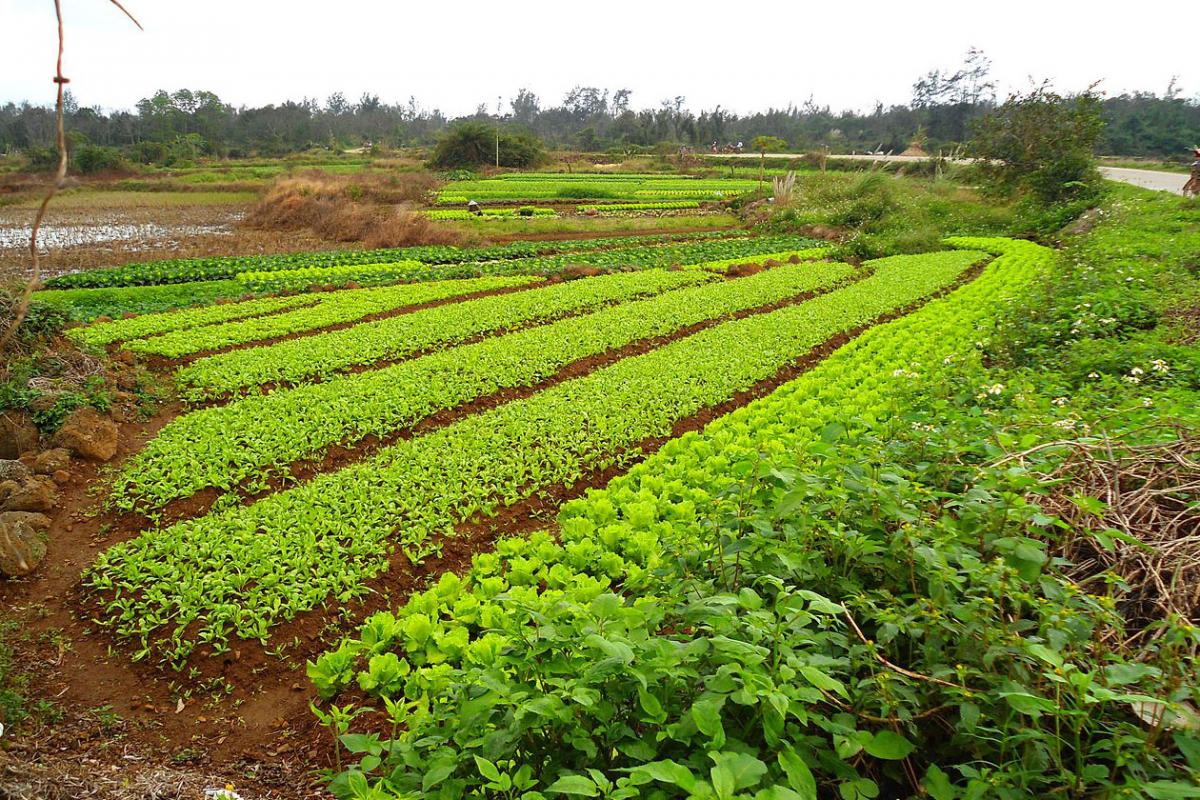
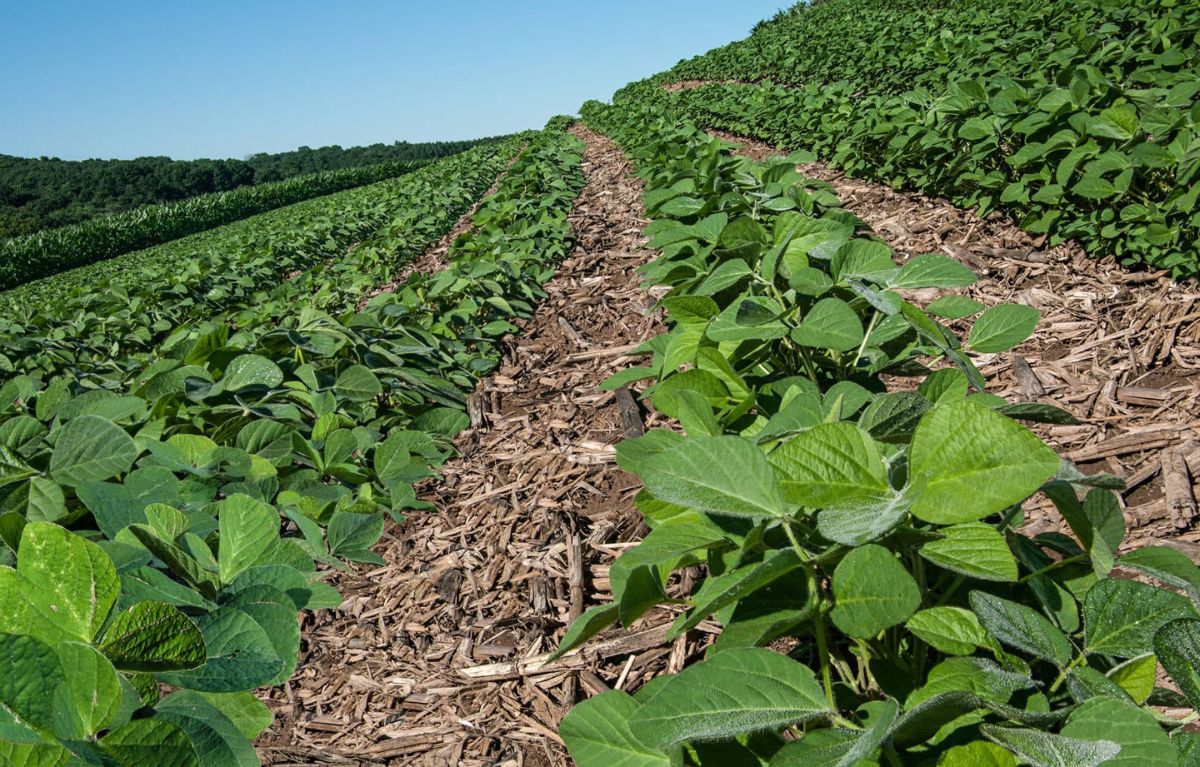

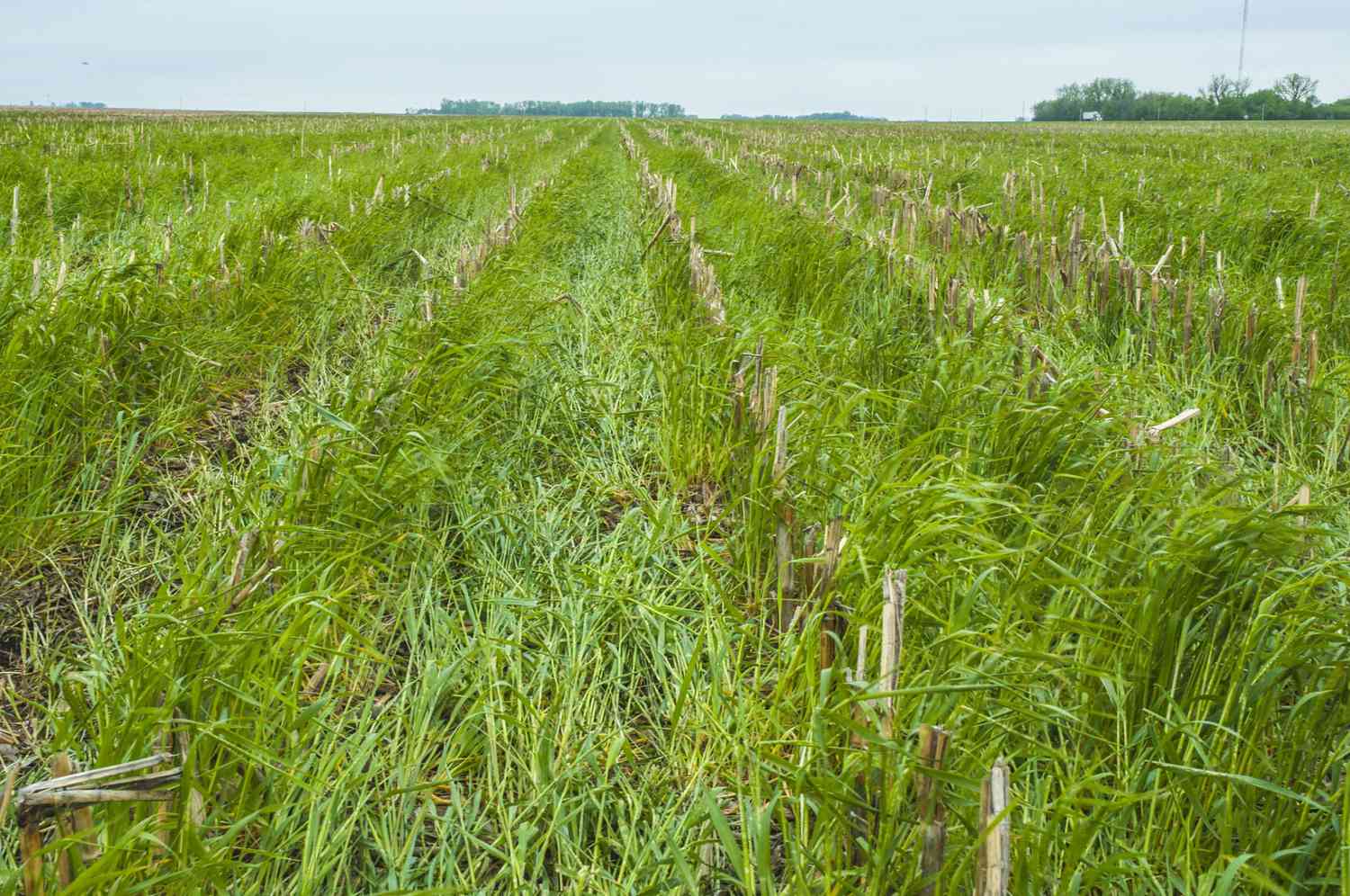



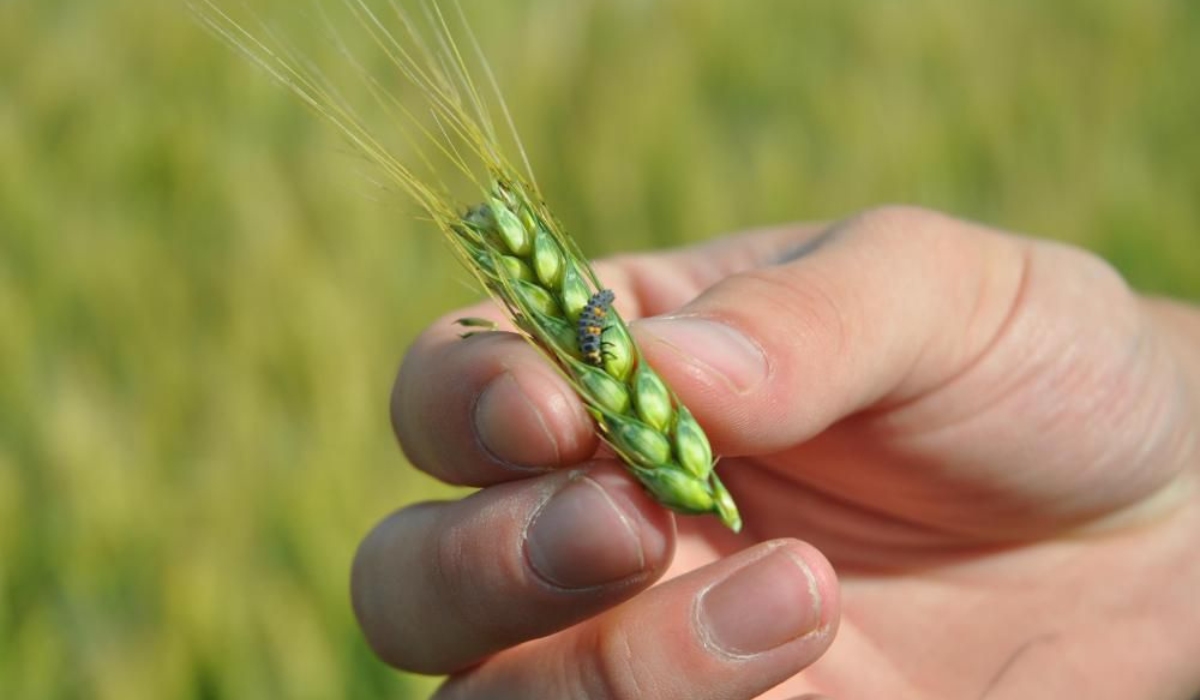
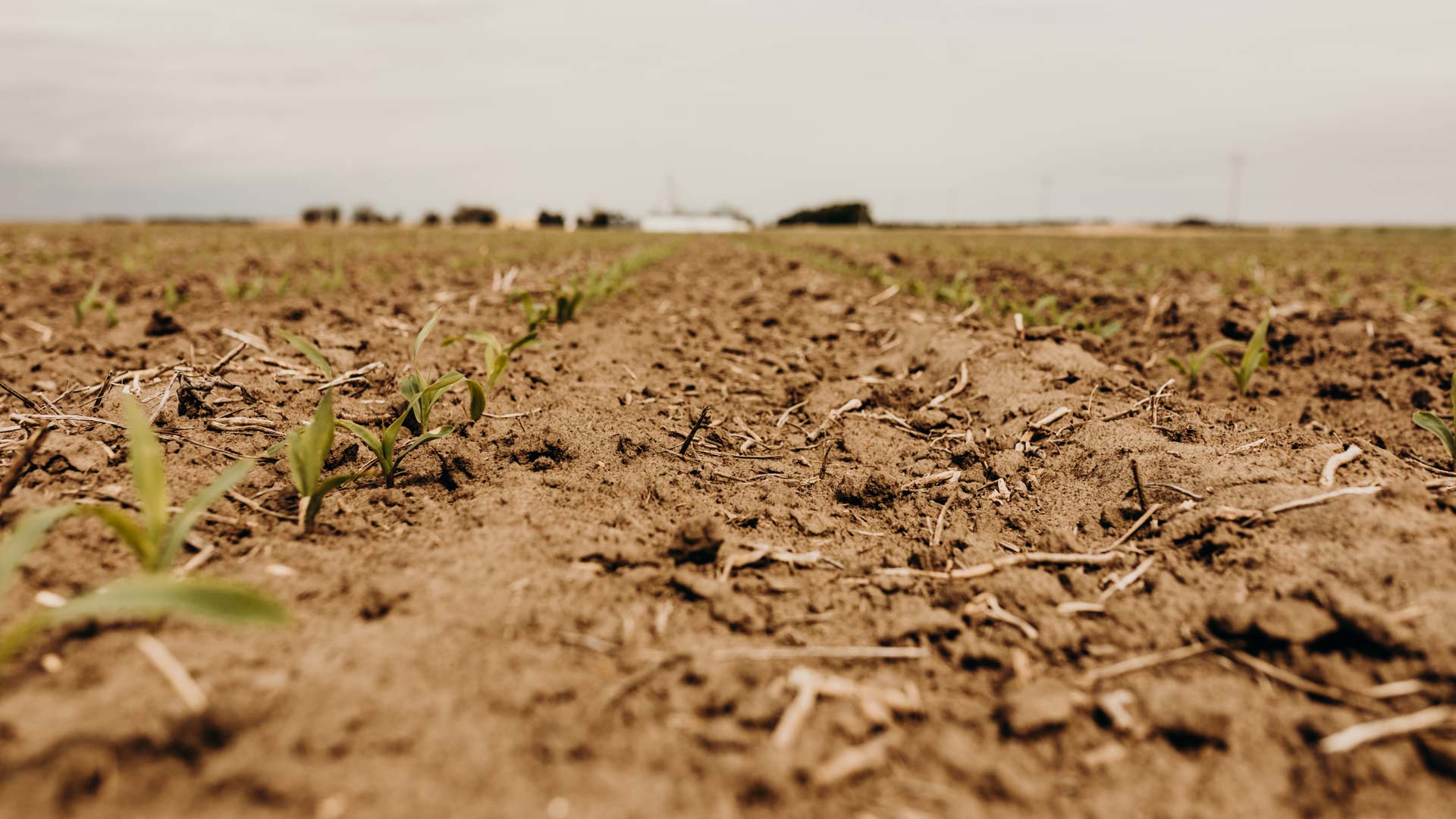
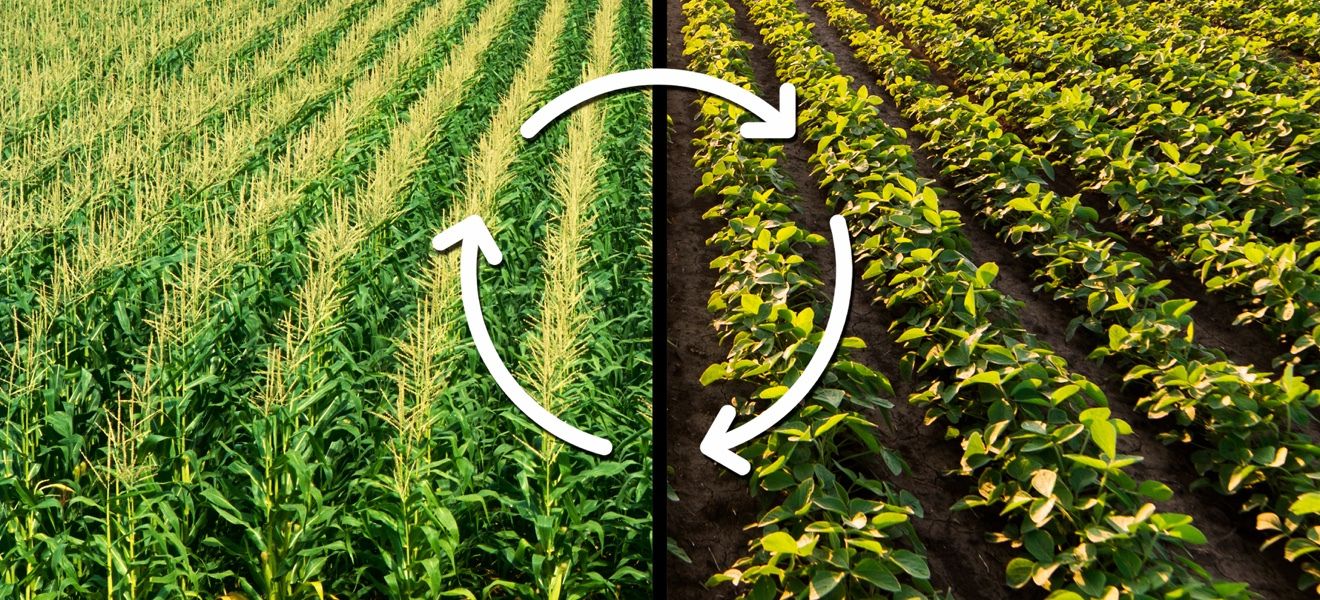
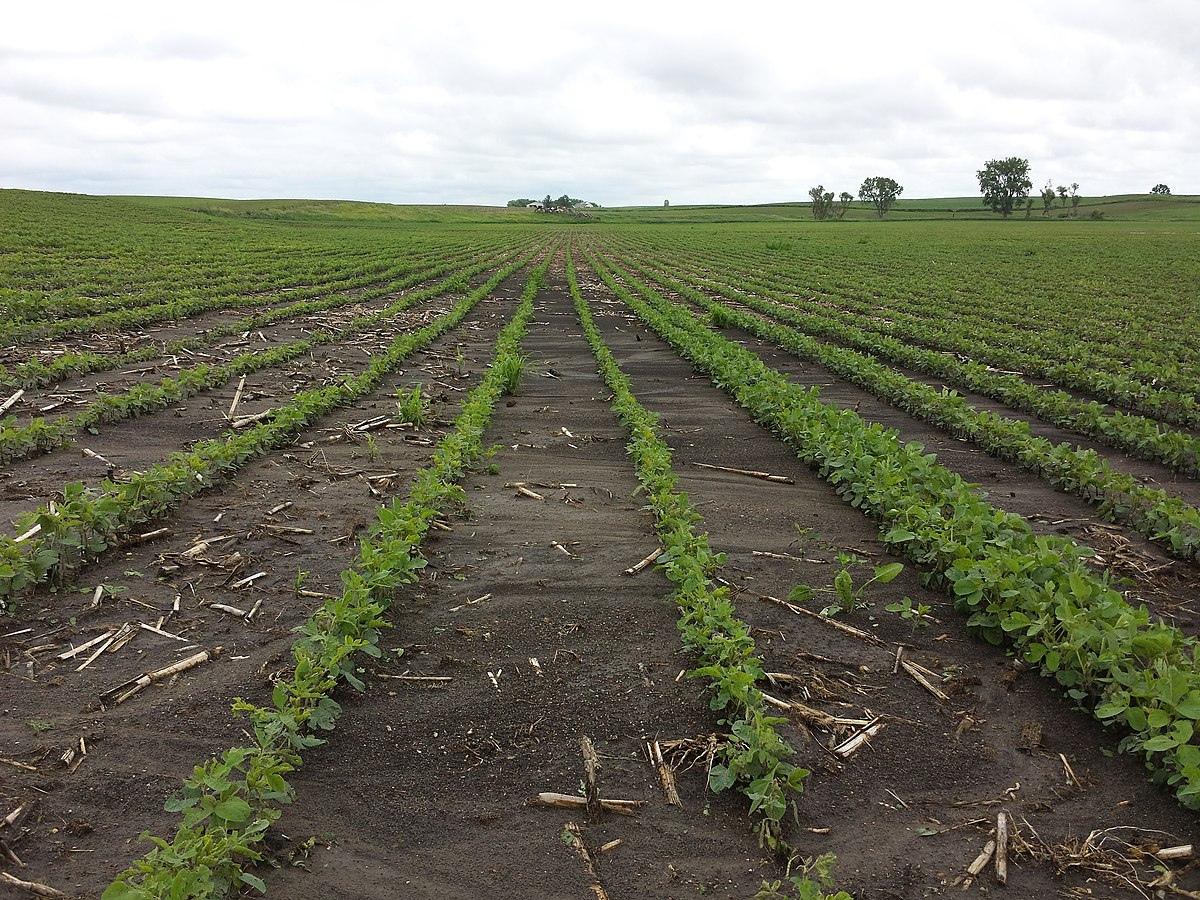
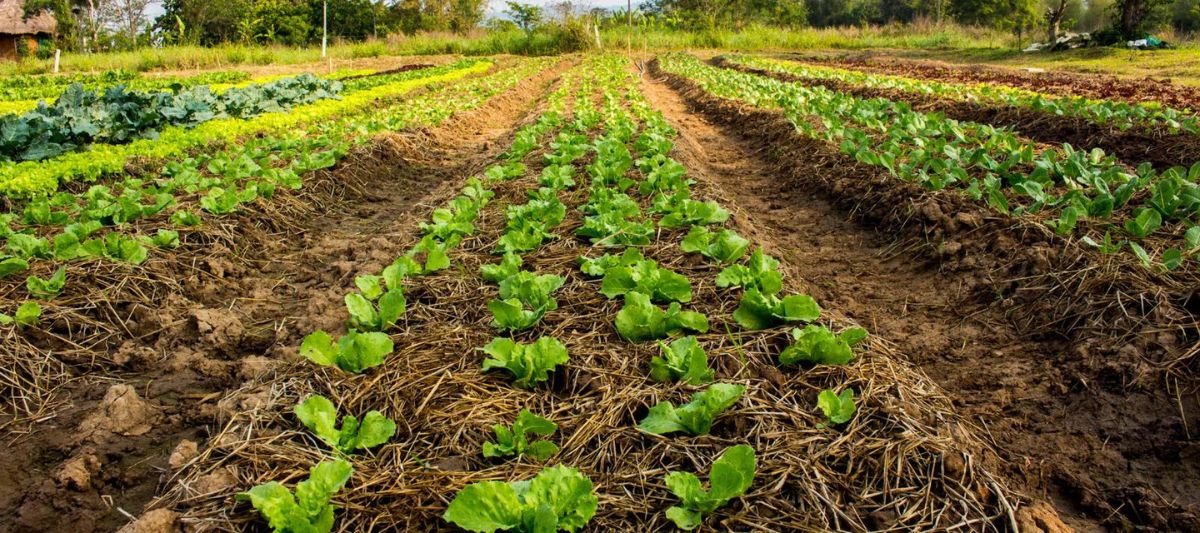

0 thoughts on “How Does Crop Rotation Reduce Pests”